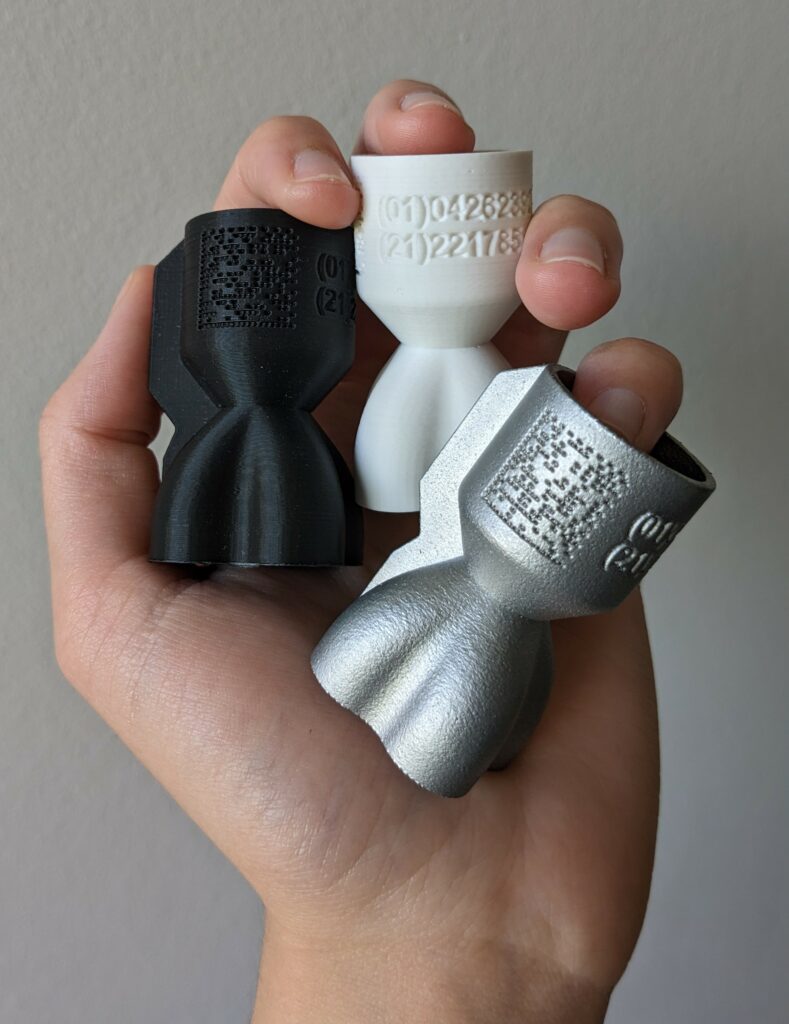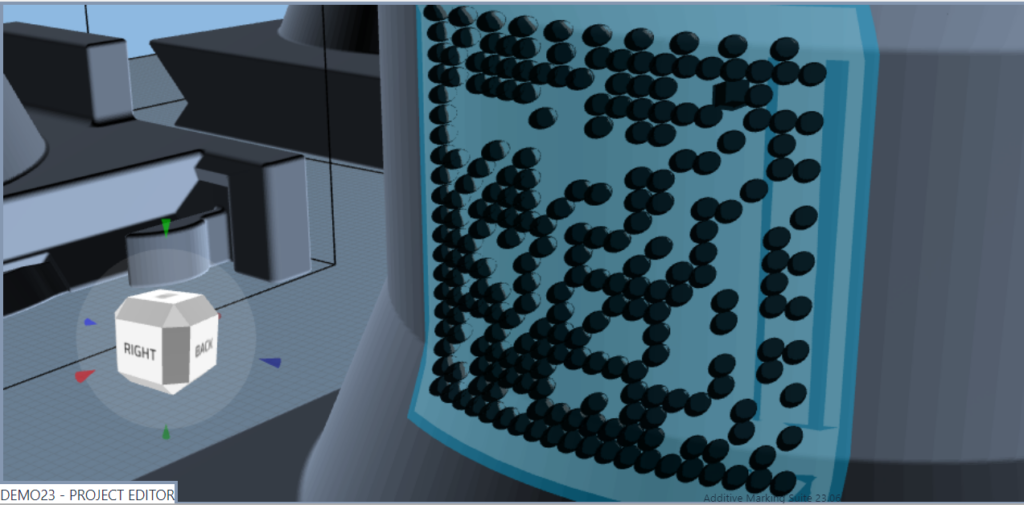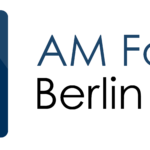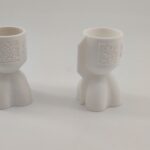
Opinion Piece: Do we have another one of those?
- Matthias Habdank
- June 2, 2023
- Opinion
- 3d printing, additive manufacturing, digital inventory, spare parts
- 0 Comments
3D Printing Spare Parts: The Challenge

Spare parts management has been revolutionised by Additive Manufacturing; being able to produce small batches of products whilst remaining economically viable has enabled impressive strides to be made in spare parts managements. Although regulatory challenges still persist, particularly around the production of critical components, signs of a greater shift in thinking are evident across industries.
The biggest news from last week was Deutsche Bahn producing their 100 000th 3D-printed part (RailTech.com). This milestone is significant for a number of reasons: not only does it show the promise of Additive Manufacturing for advanced engineering applications, but it also provides a roadmap for other companies looking to shift their spare parts production to 3D printing. The company started producing components additively back in 2015, with non-critical components – 8 years later, and their digital warehouse contains parts for over 500 different applications.
The Regulatory Challenge
There are difficulties with scaling up spare parts production, however. Numerous consortiums, tasks forces and regulations have been set up to bring quality, safety assurance and regulatory compliance to advanced engineering industries adopting 3D printing. A recent progression in this area was the Auto Repair Task Force set up by Bodyshop Trade Organisation (3DPrint.com): through combining the knowledge of industry professionals, experts, OEMs and other stakeholders, the taskforce seeks to set the foundations of a regulated, additive-manufacturing spare parts industry within the automotive sector. This is an opportunity not only to bridge the confidence gap between additive and non-additive specialists but accelerate the evolution of Additive Manufacturing in critical spare part production.
Whilst standard-setting is crucial for building industry confidence in Additive Manufacturing, we should also ask ourselves: how can I be sure my parts actually comply with safety standards? How do I know that the components are authentic, and how can I be sure they are from a regulated supplier? Well, as you probably guessed, this is where traceability comes in.
Know Your File Types
We realise that file formats are perhaps not the most exciting Additive Manufacturing topic, so here’s a basic overview of the customisable-secure ratio of the main file types:
| Security | Modification | |
| G-code | HIGH | LOW |
| 3MF/STL | MEDIUM | MEDIUM |
| STEP | LOW | HIGH |
Modification vs Security
At Additive Marking we are exploring how direct part markings combined with 3D file formats can ensure the secure sharing of digital inventory between stakeholders. In the case of spare parts manufacturing, different stakeholders will require different levels of customisation and security. A certified OEM engineer might need to tweak a file (let’s say, integrate a machine-readable code into the design); a contractor, on the other hand, might only be permitted to print the finalised part, without modifications. So how can we ensure the right people make the right modifications, and that the end-to-end process remains secure? It all comes down to the files, and the unique part identifiers.
We envision a system where stakeholders can only access certain file types of a particular product, depending where in the supply chain they sit. Furthermore, extra security can be provided when a direct part marking is integrated into each component instance:
Authenticate

By integrating a machine-readable code into each part STL, every stage of the process, from design through to end of life, is logged and traceable. Add additional security by including an “authenticating feature” into your data matrix code…can you spot the square?
Watermark
Integrate a subsurface marking to protect against counterfeiting. CT scanning can reveal the marking, which can be used to confirm the authenticity of a product.
Scan History
Know where a part is and who scanned it last; our DPM Scan Pro automatically logs the scan history from every device, which can then be viewed in our Trust Center. Use this to spot whether a part is where it should be…

That’s all for today! See you in a couple of weeks!
References
Deutsche Bahn reaches 3D printing milestone with 100,000 parts | RailTech.com



